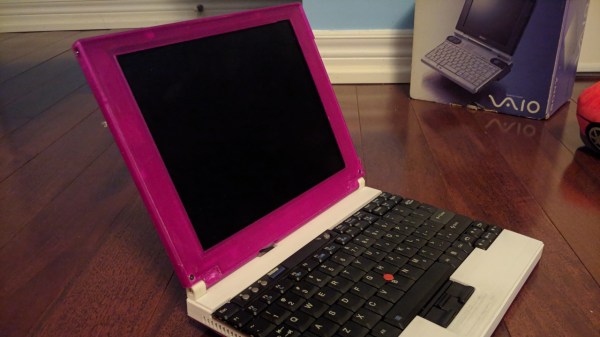With ready availability of single board computers, displays, keyboards, power packs, and other hardware, a home-made laptop is now a project within most people’s reach. Some laptop projects definitely veer towards being cyberdecks while others take a more conventional path, but we’ve rarely seen one as professional looking as [Byran Huang]’s anyon_e open source laptop. It really takes the art to the next level.
The quality is immediately apparent in the custom CNC-machined anodised aluminium case, and upon opening it up the curious user could be forgiven for thinking they had a stylish commercial machine in their hands. There’s a slimline mechanical keyboard and a glass trackpad, and that display is an OLED. In fact the whole thing had been built from scratch, and inside is an RK3588 SoC on a module sitting on a custom-designed motherboard. It required some effort for it to drive the display, a process we’ve seen cause pain to other designers, but otherwise it runs Debian. The batteries are slimline pouch cells, with a custom controller board driven by an ESP32.
This must have cost quite a bit to build, but it’s something anyone can have a go at for themselves as everything is in a GitHub repository. Purists might ask for open source silicon at its heart to make it truly open source, but considering what he’s done we’ll take this. It’s not the first high quality laptop project we’ve seen by any means, but it may be the first that wouldn’t raise any eyebrows in the boardroom. Take a look at the video below the break.














